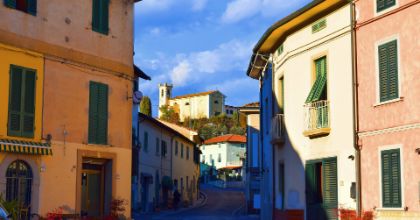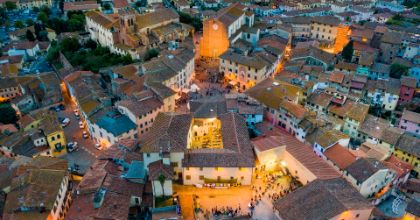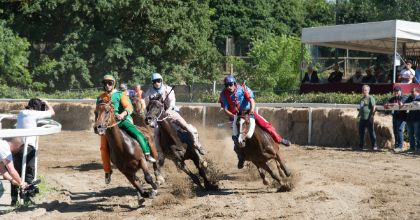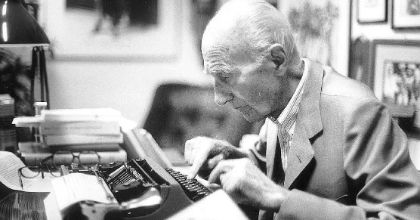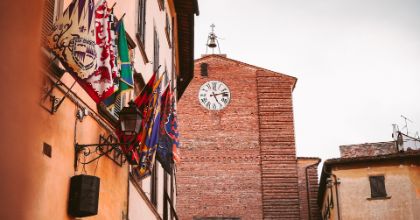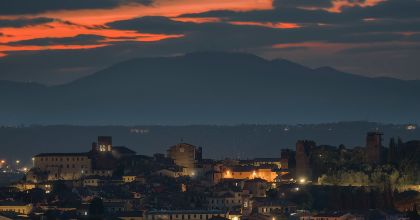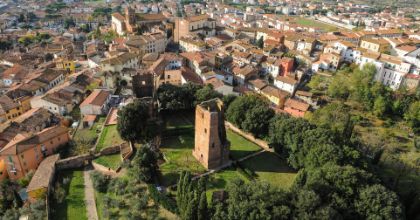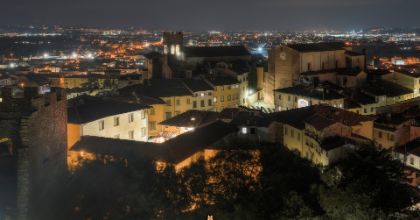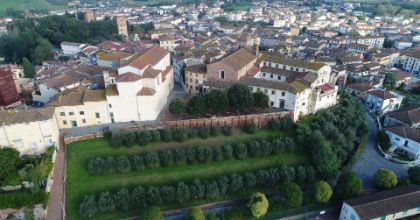From the Paleolithic to the modern age
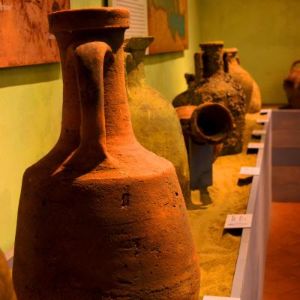
Housed in the rooms of the ground floor of Palazzo Corsini, the archaeological section is ordered according to didactic criteria and illustrates aspects of the settlement and the history of the settlements of the territory of Fucecchio and the contiguous areas through materials datable between the Lower Paleolithic and the 18th century, collected during surface archaeological research and excavations.
After an introduction on the appearance of the territory and the marine and continental faunas Pliocene and Villafranchian, Paleolithic and Mesolithic finds from Cerbaie are exposed. The presence of the first stable settlements of farmers and breeders of the Neolithic and the metal ages is then documented by ceramics, lithic industries and metals, among which the materials of the village of the Bronze Age (around 1500 BC) of Stabbia are of particular interest. The large chronological arc corresponding to the Etruscan and Roman ages is unfortunately the least documented. In the Imperial age, in addition to traces of centuriations and rural settlements, some epigraphic data concentrated near Ponte a Cappiano indicate the existence of a more consistent inhabited center, including the funerary epigraph of Tiberius Iulius Ianuarius and a marble votive altar.
Two rooms are dedicated to the territorial lordship of the Cadolingi counts, the foundation of the castle of Salamarzana, the extinction of the family and the birth of the castle of Fucecchio.
The narration, in addition to original finds, is entrusted to images and video reconstructive of great effect that illustrate the various aspects of this process. Thanks to the 3D scanning and printing techniques, the Cadolingi epigraphs are collected for the first time from all over Tuscany, while the techniques of virtual reconstruction of the ancient landscape allow to observe the transformations of the landscape, from Salamarzana to Fucecchio comunale, the same one that Leonardo painted at the beginning of the sixteenth century.
The next room is dedicated to the production of ceramics that, between 1500 and 1800, was one of the most important economic activities of Fucecchio, completely disappeared and rebuilt through archaeological finds and archival documentation.
The last room illustrates an archaeological history of the Arno, from the Etruscan age to the Middle Ages. The role of trade route of the Valdarno is illustrated by the examples of transport amphorae, of various origin and content, witnessed along the river that allow to follow the evolution of trade relations between the Arno and the Mediterranean for over a millennium. Also on display are the objects on board the wreck of Empoli, which illustrates the merchant activity along the river in the Middle Ages, and the large oak mill gear with the plastic and virtual reconstruction of the operation of the mechanism.
More on the website museofucecchio.it
